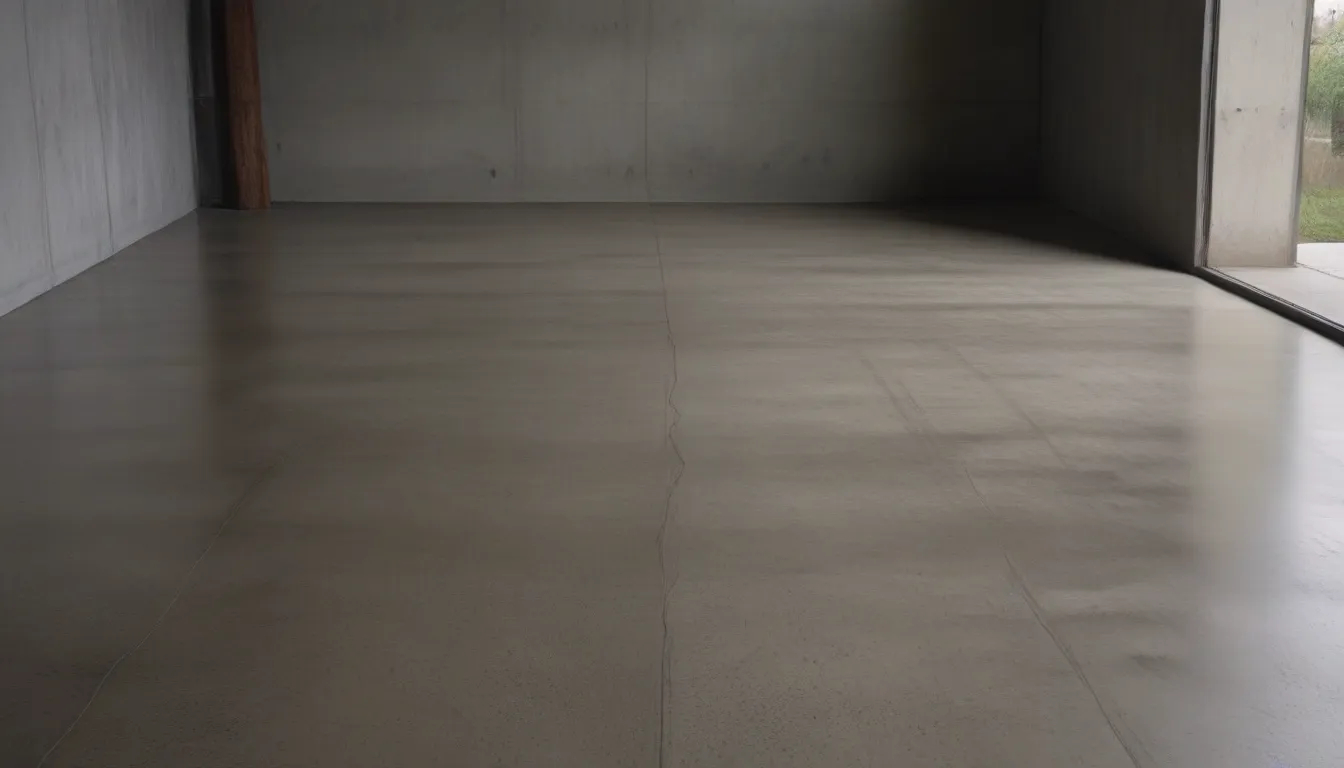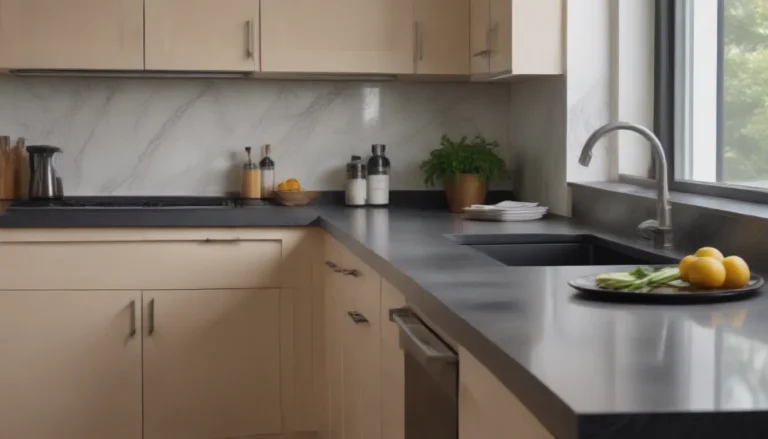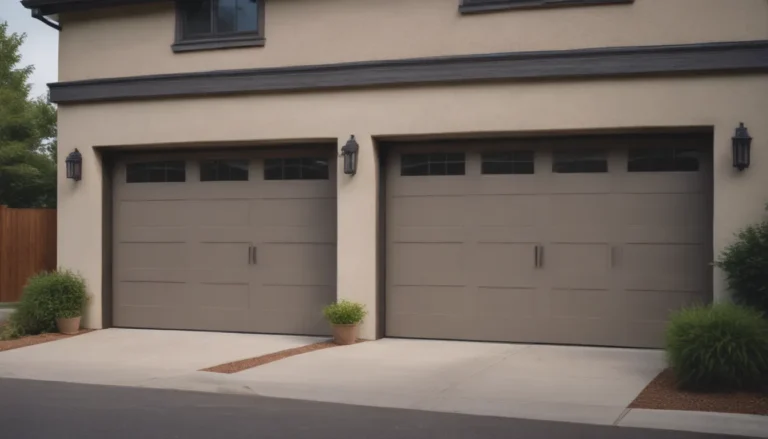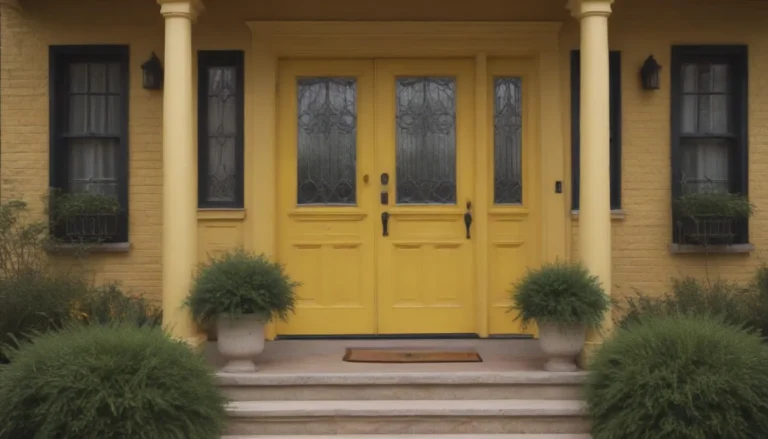Everything You Need to Know About Concrete Flooring: A Comprehensive Guide

If you’ve ever considered concrete as merely a bland surface material suitable only for garages or utility areas, think again. Concrete has evolved into a versatile and stylish choice for home interiors, offering a range of design options that can elevate the look of any space. In this detailed guide, we’ll explore the pros and cons of concrete flooring, discuss cost considerations, maintenance tips, design options, installation methods, and much more to help you determine if concrete flooring is the right choice for your home.
Pros and Cons of Concrete Flooring
Pros:
- Relatively inexpensive
- Durable and long-lasting
- Easy to maintain
- Design flexibility
Cons:
- Hard and cold underfoot
- Slippery when polished
- Susceptible to moisture
- Environmental concerns
Concrete Floor Cost Considerations
The cost of a concrete floor can vary significantly depending on the finish options chosen. Basic designs may cost as little as $2 per square foot, while high-end artistically rendered floors can exceed $30 per square foot. The initial investment in a concrete floor may be higher, but the longevity of the material can result in cost savings over time, as concrete floors can last for decades with proper maintenance.
Maintenance and Repair Tips
Concrete flooring is known for its strength and durability, making it a popular choice for high-traffic areas. Maintenance is relatively simple, requiring periodic sealing or waxing to maintain the protective layer. Cleaning can be done with a neutral cleaning agent, with more stubborn stains requiring a blue utility pad. In cases of settling or cracking, the floor can be patched, ground, and refinished to restore its appearance.
Design Options for Concrete Floors
Concrete floors are a versatile choice that can complement a variety of home styles, from modern to industrial. Design options include overlays, polishing, acid staining, dyeing, texturizing, stamping, geometric divisions, stenciling, and airbrushing. With a wide range of techniques available, homeowners can personalize their concrete floors to suit their aesthetic preferences.
Concrete Floor Installation Methods
Residential concrete floors are typically created by grinding an existing concrete slab and applying a chosen finishing technique. In cases where the existing slab is in poor condition, a thin overlay of fresh concrete can be poured over the old slab. Colorizing agents can be mixed into the concrete before pouring, or staining and dyeing can be done after polishing. Installation and finishing of concrete floors are best left to professionals due to the labor-intensive nature of the work.
Downsides of Concrete Flooring
While concrete floors offer many advantages, there are also some drawbacks to consider. Concrete is a hard material that can cause injuries if fallen upon, making it unsuitable for areas frequented by children or the elderly. The surface can also become slippery when polished or coated with a gloss sealer, posing a slipping hazard. Additionally, concrete has little insulating value and can feel cold underfoot, especially in colder climates.
Is Concrete Flooring Right for You?
If you have an existing slab foundation and a home style that complements the sleek look of polished concrete, a concrete floor may be a practical and cost-effective choice. Consider the maintenance requirements, design options, and potential drawbacks before making a decision. While concrete flooring is durable and long-lasting, it may not be suitable for every home and lifestyle.
In conclusion, concrete flooring offers a unique blend of durability, design flexibility, and cost-effectiveness that make it a popular choice for many homeowners. By weighing the pros and cons, considering the cost implications, exploring design options, and understanding the installation process, you can make an informed decision about whether concrete flooring is the right choice for your home. Whether you’re looking to update your floors with a modern touch or enhance the industrial feel of your space, concrete flooring could be the perfect solution for your needs.
References:
- Centers for Disease Control and Prevention. A.P. Fantilli, O. Mancinelli, B. Chiaia. The carbon footprint of normal and high-strength concrete used in low-rise and high-rise buildings. Case Studies in Construction Materials, Volume 11, 2019. doi:10.1016/j.cscm.2019.e00296





